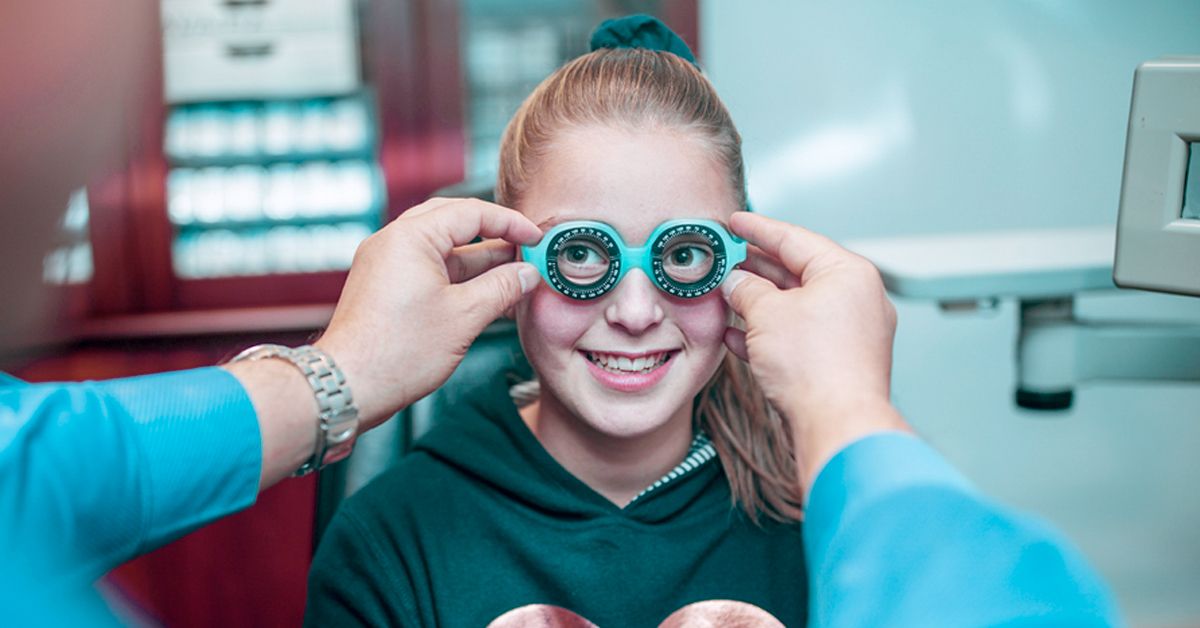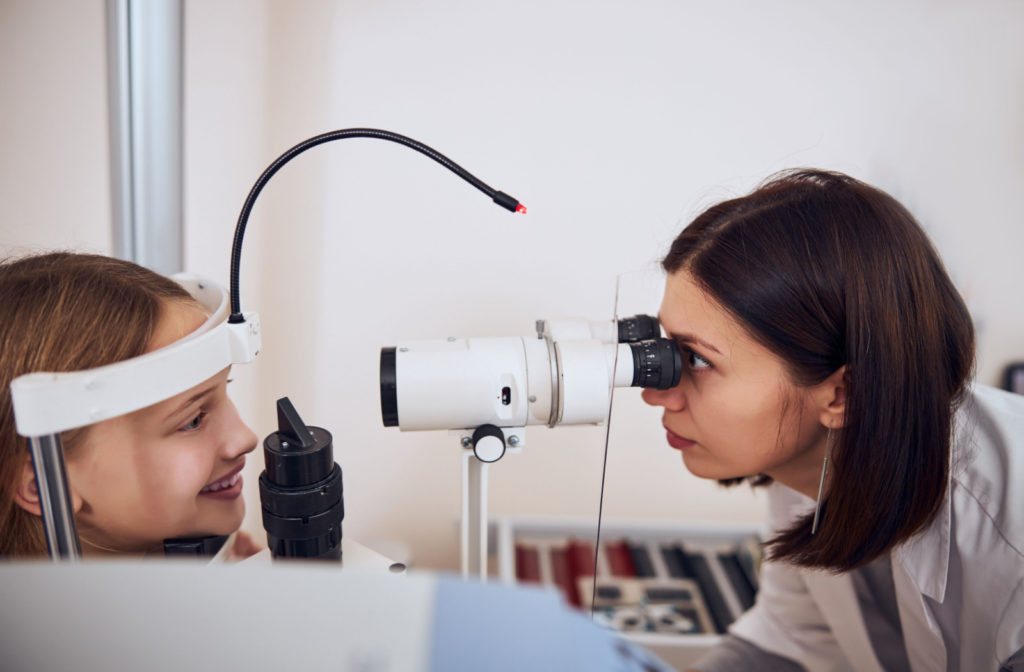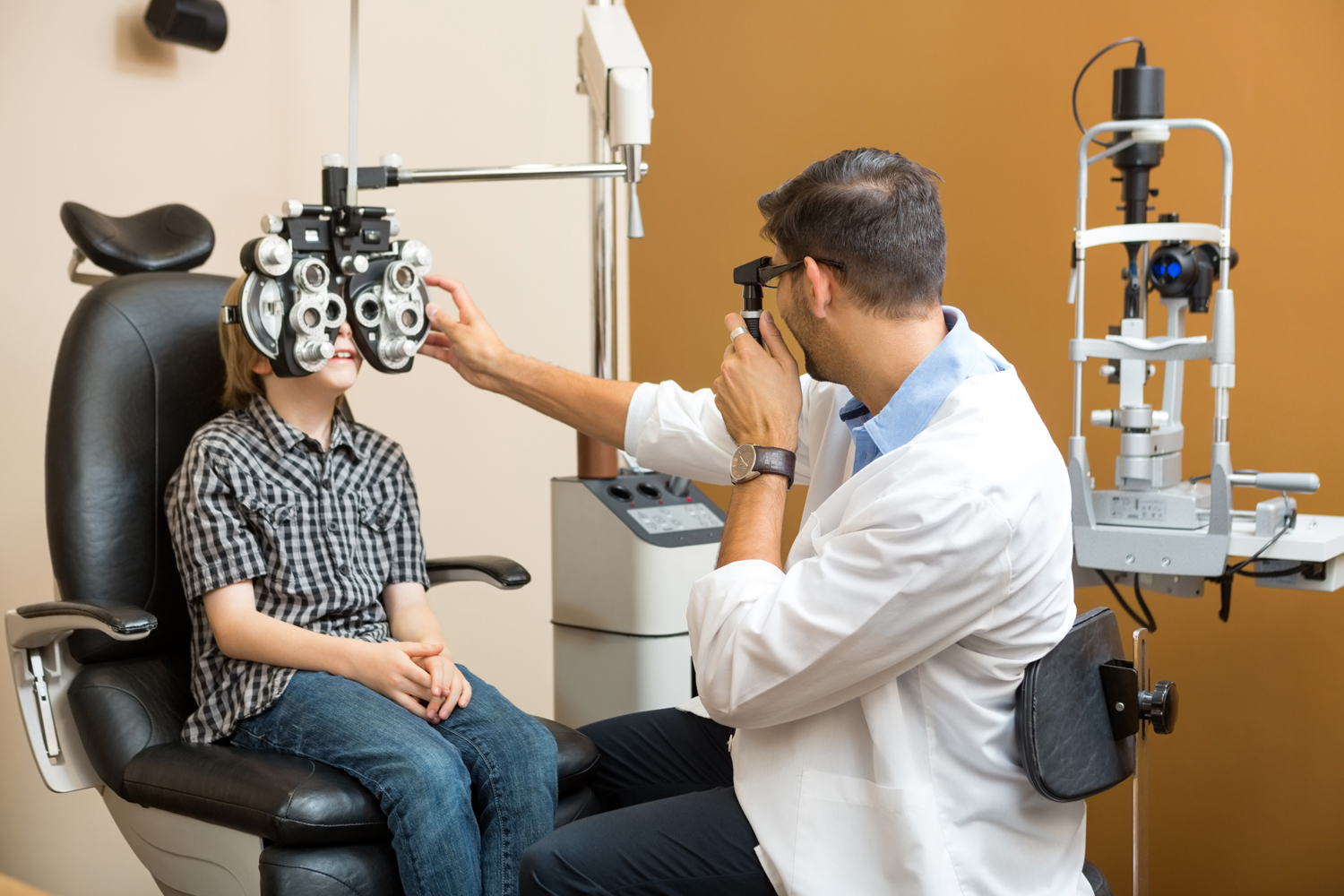Why Selecting an Eye Doctor Optometrist is Vital for Your Eyes
Discovering the Newest Technical Developments in Optometry and What They Mean for Optometrists
From the accuracy of Optical Coherence Tomography to the nuanced understandings provided by AI-driven diagnostic devices, these developments are establishing brand-new requirements in person analysis and treatment. As these improvements penetrate the practice, eye doctors are faced with the difficulty of embracing these devices to improve client end results.
Developments in Diagnostic Tools
Progressing the field of optometry, developments in diagnostic tools have revolutionized the way eye care professionals evaluate and detect aesthetic impairments and ocular problems. The past years has actually witnessed considerable technical developments, making it possible for even more thorough and exact evaluations. Optical Comprehensibility Tomography (OCT), as an example, provides high-resolution cross-sectional images of the retina, enabling the early detection of conditions such as glaucoma and age-related macular degeneration. This non-invasive imaging strategy has actually become crucial in modern optometric technique.
One more key advancement is the introduction of advanced corneal topography systems, which map the surface curvature of the cornea with precision. These devices are specifically advantageous for suitable call lenses and detecting corneal problems. Digital retinal imaging has changed typical ophthalmoscopy, providing comprehensive, panoramic views of the retina that help with complete visual evaluations.
The development of wavefront aberrometry has actually also been critical, enabling the evaluation of refractive errors with unmatched accuracy (Optometrist Chino). This technology aids in customizing rehabilitative lenses and enhancing surgical results for refractive surgical treatments. Collectively, these diagnostic developments equip eye doctors to supply premium patient treatment, making certain very early treatment and tailored treatment methods, inevitably improving visual wellness results
AI in Patient Administration
Building on the foundation of cutting-edge diagnostic tools, the unification of man-made intelligence (AI) in person monitoring stands for a transformative leap for optometry. AI systems are significantly utilized to boost effectiveness, precision, and customization in patient care.
Additionally, AI-driven systems facilitate streamlined individual interactions and management processes. Automated scheduling, digital appointments, and personalized follow-up strategies not only enhance client satisfaction but likewise enhance time management for specialists. These systems can triage patients based on the necessity of their conditions, ensuring that those in crucial need obtain punctual attention.
Additionally, AI boosts decision-making by offering optometrists with evidence-based suggestions and treatment paths. By integrating information from electronic health records, AI tools use insights that notify medical decisions, lowering the risk of mistakes and improving patient end results. As AI proceeds to develop, its duty in person administration will likely expand, improving the landscape of optometric treatment.
Developments in Retinal Imaging
In the realm of optometry, retinal imaging has actually observed exceptional technical innovations that are improving diagnostic abilities and patient care. Innovations such as Optical Coherence Tomography (OCT) and fundus photography have actually revolutionized how eye doctors evaluate the retina and visualize.
Improved imaging modalities like OCT angiography are further refining analysis precision. Eye Doctor. Such advancements assist in the recognition of minute retinal modifications that could symbolize illness progression.
Moreover, advancements in expert system are boosting retinal imaging by enabling computerized analysis of huge datasets. These systems help eye doctors in recognizing patterns indicative of pathology, thus improving diagnostic accuracy and performance. Jointly, these advancements are changing retinal imaging into a foundation of modern eye treatment, boosting results and expanding healing opportunities.
Teleoptometry's Expanding Function
Teleoptometry is progressively coming to be a vital part of eye treatment, driven by improvements in data and diagnostic tools. As optometry welcomes digital transformation, teleoptometry assists in remote consultations, click enabling eye doctors to expand their services beyond conventional borders. This is especially beneficial in rural and underserved locations where access to specialized eye care is usually limited. By leveraging high-resolution video clip conferencing and advanced retinal imaging, eye doctors can perform thorough eye exams from afar, making sure timely medical diagnosis and treatment.
The integration of expert system (AI) more enhances teleoptometry, enabling the analysis of visual data and assisting in the discovery of ocular problems such as glaucoma and diabetic person retinopathy. AI-powered algorithms can quickly interpret complicated imaging data, offering eye doctors with beneficial understandings that boost medical decision-making.
Moreover, teleoptometry supports continuity of care with smooth combination with digital health and wellness documents (EHRs), enabling eye doctors to maintain detailed client histories. This see post guarantees that individuals receive consistent and individualized care even when speaking with various experts.
In spite of these advantages, challenges continue to be, including making sure information security and taking care of person assumptions. Teleoptometry stands for a significant stride in the direction of even more easily accessible, efficient, and patient-centered eye treatment. As modern technology advances, its duty is poised to expand further.

Future Trends in Eye Treatment
A myriad of innovative fads is established to reshape the future of eye care, driven by technological improvements and the evolving needs of individuals. One significant fad is the assimilation of expert system (AI) in diagnostics, which assures to boost the accuracy and performance of eye evaluations. AI formulas can examine vast quantities of data from retinal pictures, potentially discovering problems like diabetic retinopathy and glaucoma earlier than conventional techniques.
Additionally, personalized medication is gaining traction in optometry, with hereditary testing informing customized therapy strategies. This strategy aims to optimize client end results by tailoring treatments to private hereditary profiles. Wearable technology, such as clever contact lenses, is also on the perspective, offering real-time surveillance of intraocular stress or sugar degrees, therefore supplying constant insights right into systemic and ocular health and wellness.
The fostering of enhanced fact (AR) and online truth (VR) in training and person education is another arising trend. These modern technologies use immersive experiences that can improve understanding and skills both for eye doctors and clients. As these patterns advance, eye doctors must remain abreast of technical improvements to offer sophisticated care, making certain better client end results and complete satisfaction in the dynamic landscape of eye treatment.
Conclusion

Collectively, these diagnostic innovations encourage optometrists to deliver exceptional patient treatment, making sure early intervention and customized therapy techniques, inevitably boosting aesthetic health and wellness outcomes.

As these modern technologies continue to progress, eye doctors must adjust and incorporate them into method, inevitably optimizing operations efficiency and raising the requirement of eye treatment delivered to individuals.